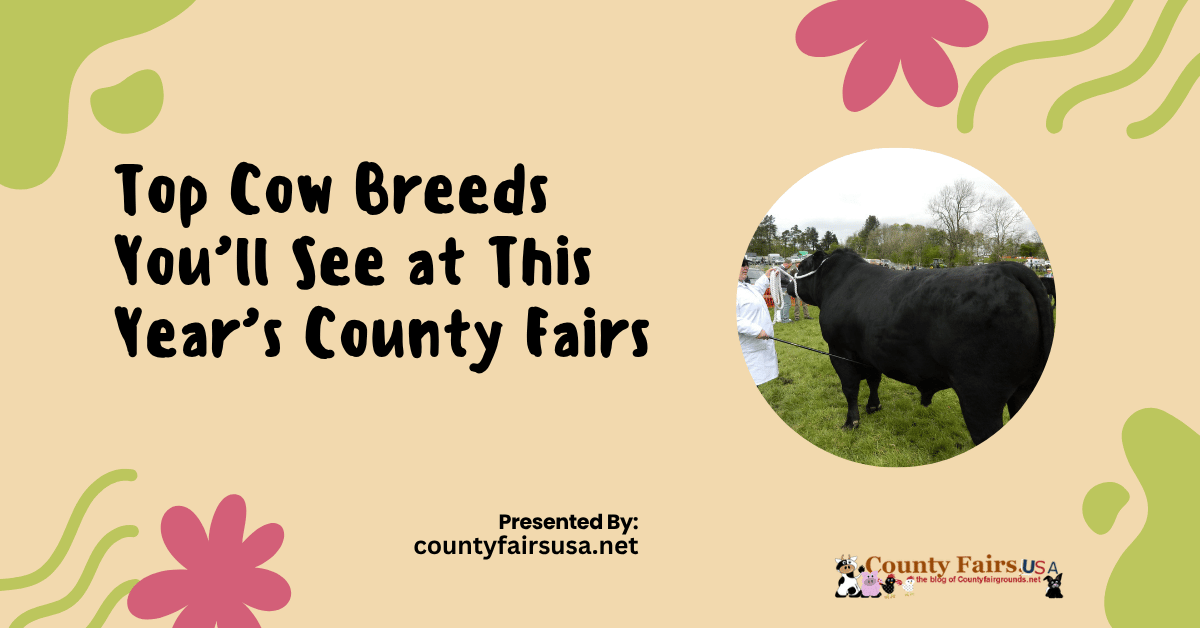How to Save Money at a County Fair
There’s nothing like the smell of kettle corn, the buzz of carnival games, and the thrill of a spinning ride to make you feel like a kid again. How to Save Money at a County Fair But as the fun adds up, so does the cost. If you’ve ever walked out of a county fair wondering where all your money went, you’re not alone. The good news? You don’t need a big budget to enjoy the fair. A little planning and a few smart habits can make a big difference. Here’s how to make the most of your day without spending more than you planned. Look for Discounts Before You Go One of the easiest ways to save money is to plan ahead. Fair prices tend to be higher at the gate, especially if you’re buying everything last minute. Buy Advance Tickets Most fairs sell early bird tickets online. These are usually cheaper than gate prices and sometimes include perks like ride coupons or parking passes. Some fairs even partner with grocery stores or banks for promo codes. Check for Special Discount Days Many fairs offer reduced admission on certain days: Family Day: Kids get in free or discounted. Senior Day: Reduced rates for older adults. Military Discounts: Active-duty and veterans often receive free entry. Student Specials: Presenting a student ID might score you a cheaper pass. Pack Smart and Skip Extra Purchases You’d be surprised how much money goes toward small, avoidable things like bottled water or sunscreen. Here’s a quick list of essentials to bring with you: Reusable water bottle (check if outside drinks are allowed) Sunscreen and hand wipes Portable charger Snacks for kids Compact umbrella or hat for shade Packing your own bag ensures you're not scrambling to buy $4 bottled water or overpriced hats from vendors. Set a Food Budget (and Stick to It) Food is one of the biggest temptations at a county fair. From foot-long corn dogs to deep-fried desserts, everything smells and looks amazing but the prices can be shocking. Eat Before You Arrive Having a meal at home helps you avoid showing up hungry and overspending right away. Bring light snacks like trail mix or crackers if outside food is allowed. Share Fair Treats Portions are often large, so split meals or snacks with your group. This way you can sample more without overspending. Limit the Extras Pick one or two fair-only splurges (like a funnel cake or lemonade), then stop there. Having a set food budget in [...]








